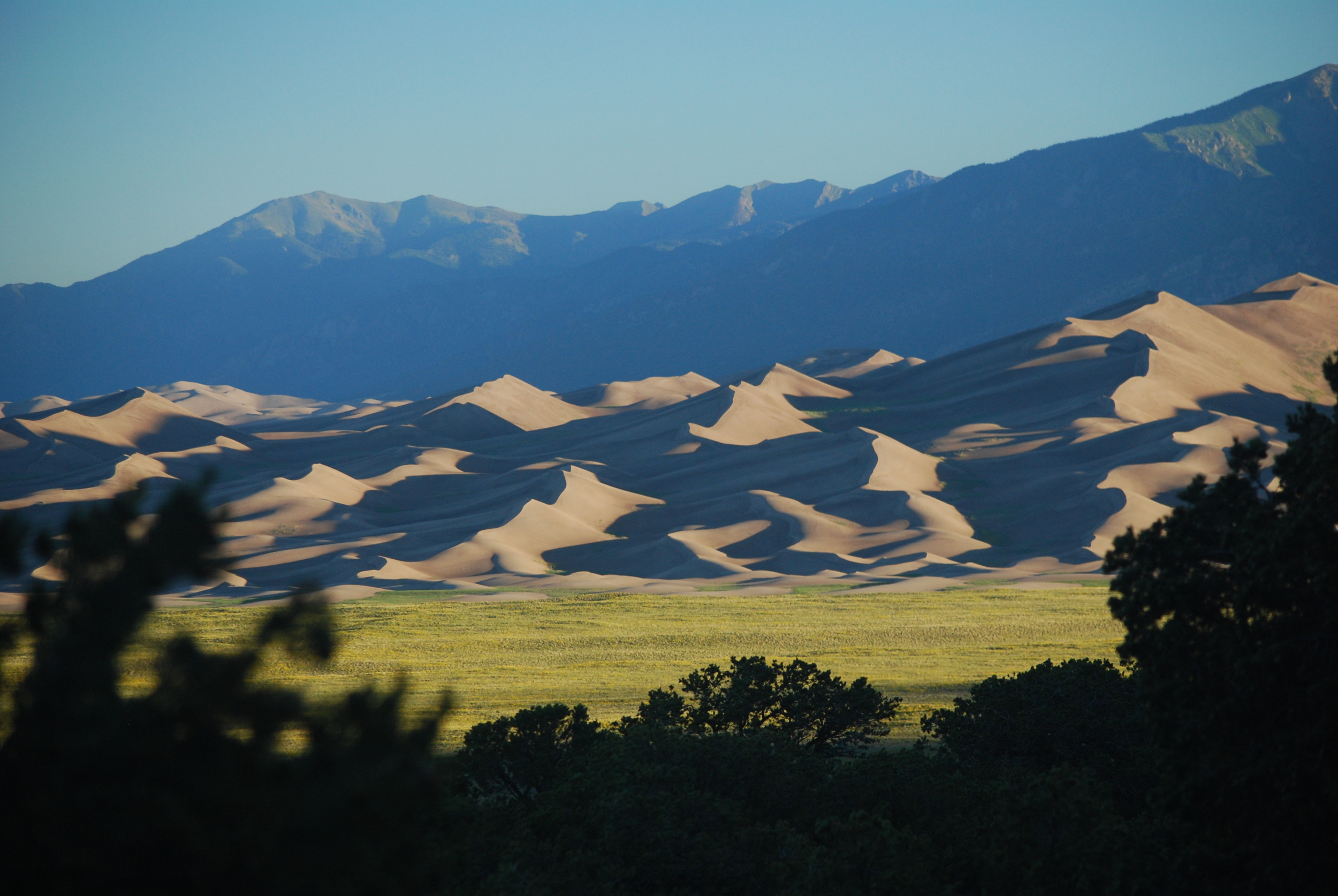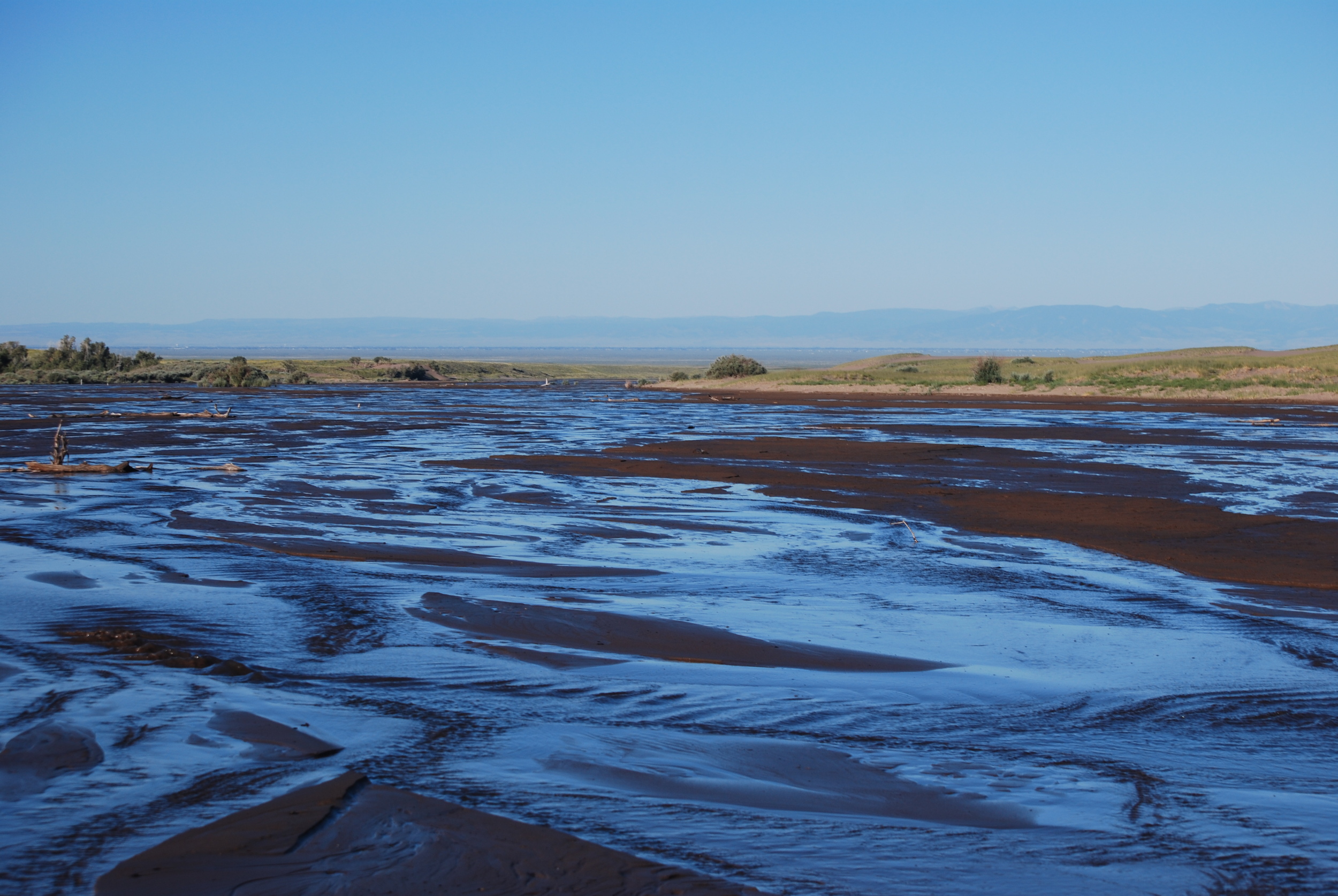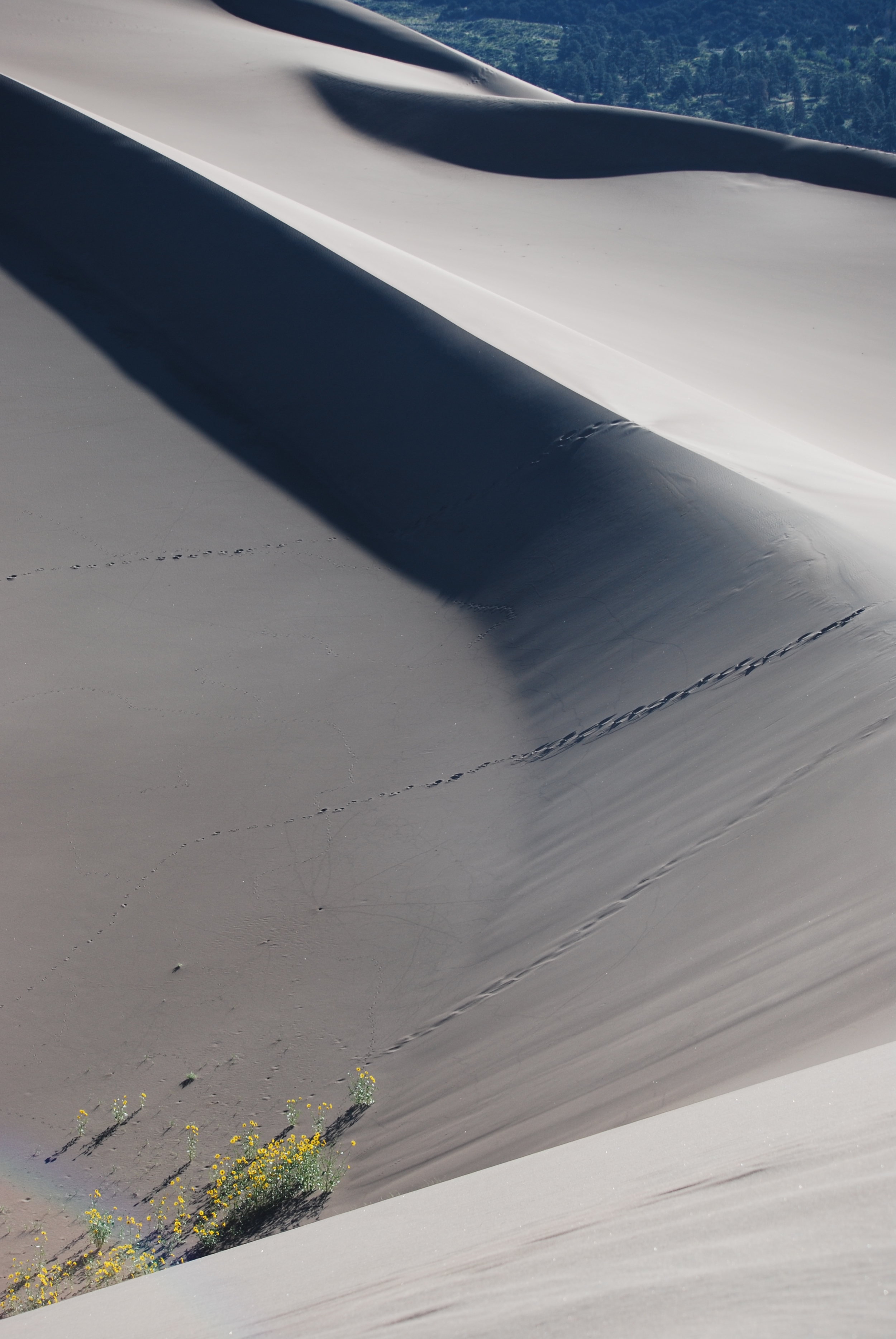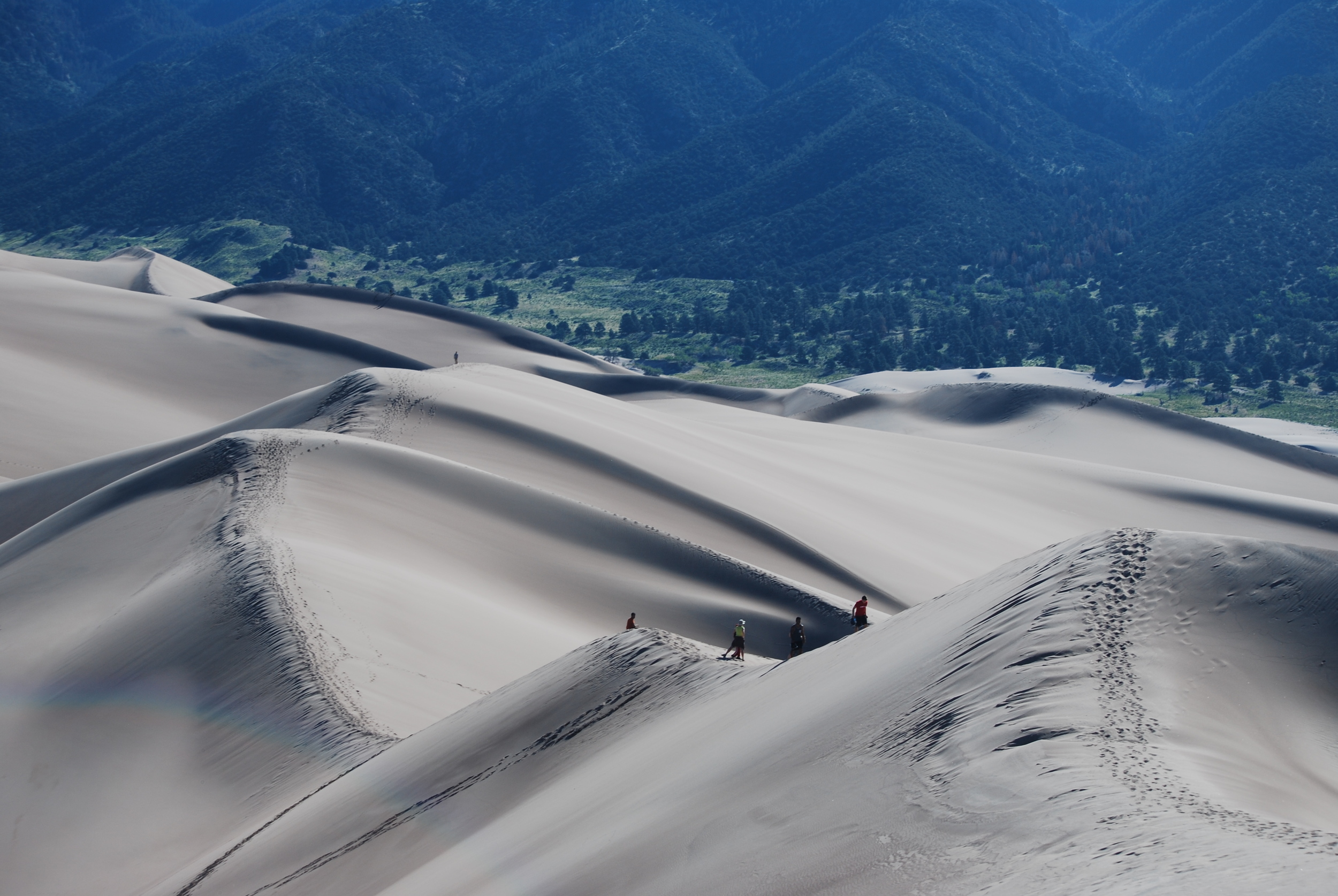Road Trip
Important to every life of a Studio Outsider is planning how to use our paid time off (PTO). Last year my wife and I, new to North Texas, decided to take advantage of our closer proximity to Colorado and take a road trip to the Rocky Mountains. Our America the Beautiful Annual Pass was expiring and we wanted to squeeze-in one more park, do some hiking, and see some scenery. A (long) day’s drive from Dallas, nestled in the south Rockies, Great Sand Dunes National Park seemed like an interesting destination to visit with beautiful scenery, unique hikes, and fascinating history.
History and Geology
Originally designated in 1932 as a National Landmark, Great Sand Dunes National Park was established in 2004 to preserve the unique character of the site and to protect valuable water resources that still exist just a few feet below the surface of the sand. Covering 44,245 acres, the sand dunes are the highest in North America. Trapped between the San Juan Mountain Range to the west and the Sangre de Cristo Range to the east, the dunes rise as high as 770 feet above the San Luis Valley floor. The dunefield evolved and grew over the past 440,000 years as winds from the west deposited sand left behind by the now extinct Rio Grande River and prehistoric Lake Alamosa at the base of the Sangre de Cristo Mountain range. The dunes grew higher as storms blew from the east down from the mountains pushing and depositing the sand back towards the valley floor. Contributing to this constant evolution Medano and Sand Creek run along the base of the dunefield carrying sand from the eastern edge of the dunes around to west edge where the eolian process continues in an endless loop.
The Hikes
The Park offers incredible dune hikes as well as hikes into the Rocky Mountains and through the valley’s grasslands and wetlands. Our favorite trail was to the summit of Star Dune, the highest dune in North America. I use the term “trail” loosely as I can’t tell you how we reached the Dune. As we entered the dunefield we gradually found our way up, around, down, and across several ridges, past High Dune, and eventually to the summit of Star Dune. From Star Dune we looked across the 30 square miles of the dunefield toward the Rocky Mountains in the distance. If you remember your sled (we didn’t) you can make the trip down the dunes much quicker by sliding or sandboarding down the sandy slopes to the edge of Medano Creek.
Safe Travels
A uniquely exciting trip, I would recommend Great Sand Dunes National Park to anyone looking to escape the city for a long weekend. If by chance you have enough vacation days to extend the trip, the western entrance to Rocky Mountain National Park is a quick and beautiful four hour drive north through the Rocky Mountains. Drive safely and remember your water and sunscreen!












